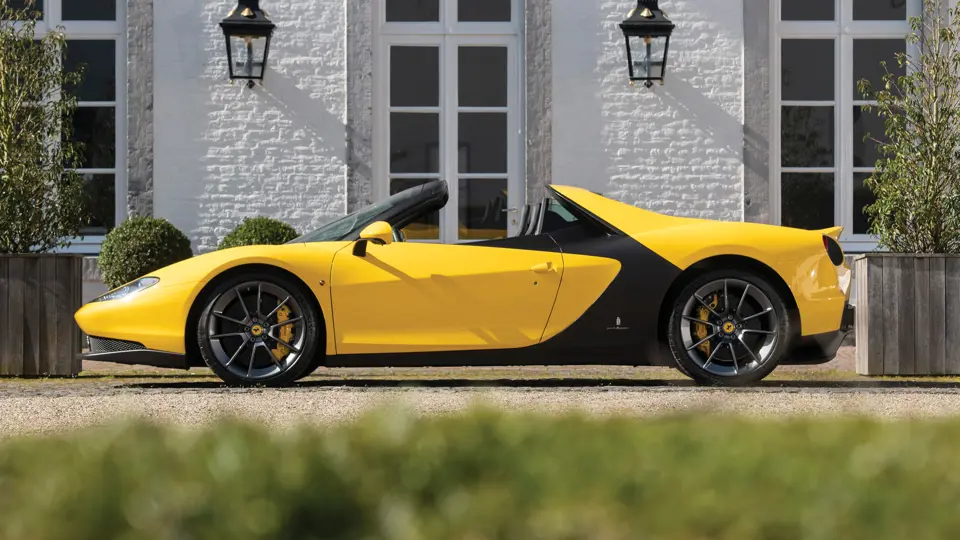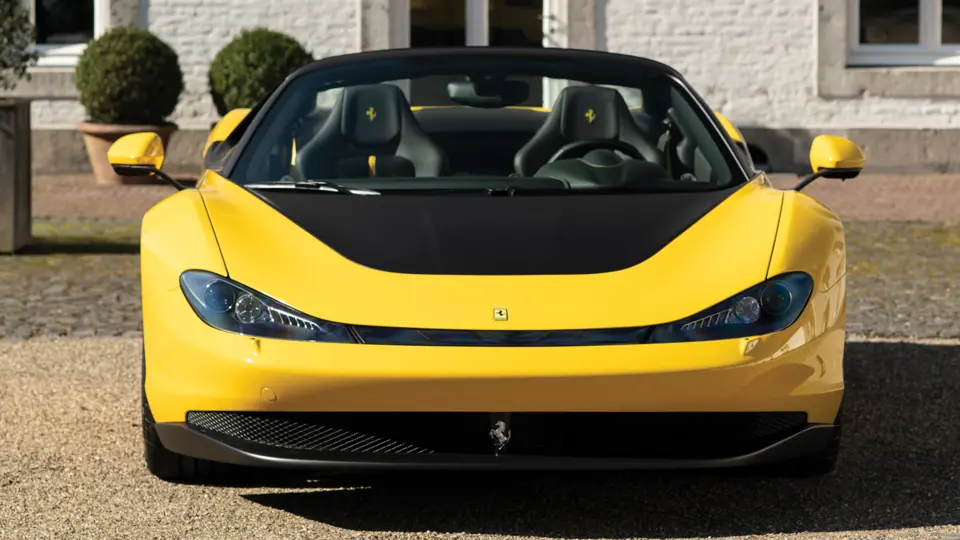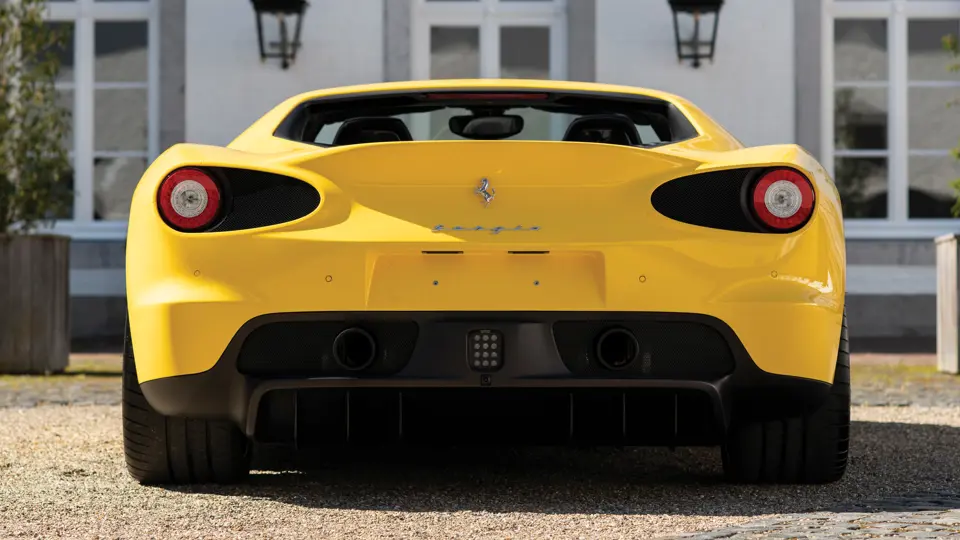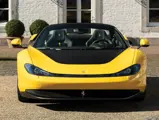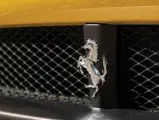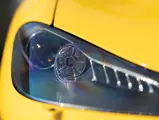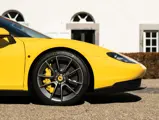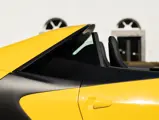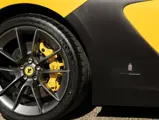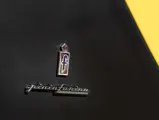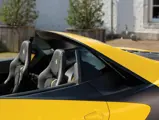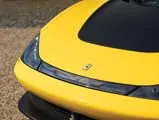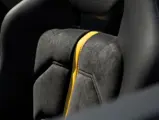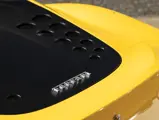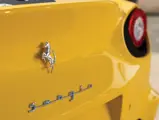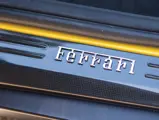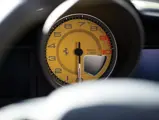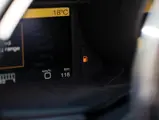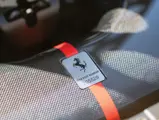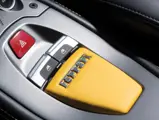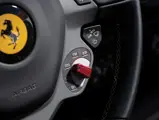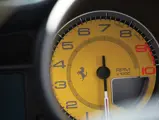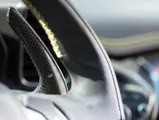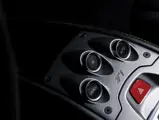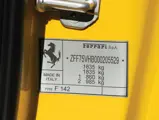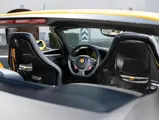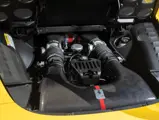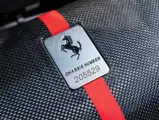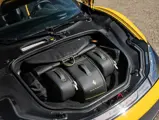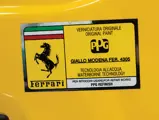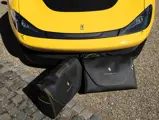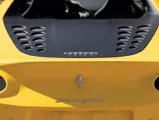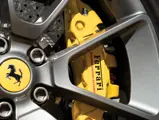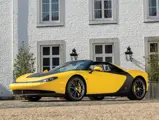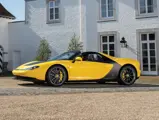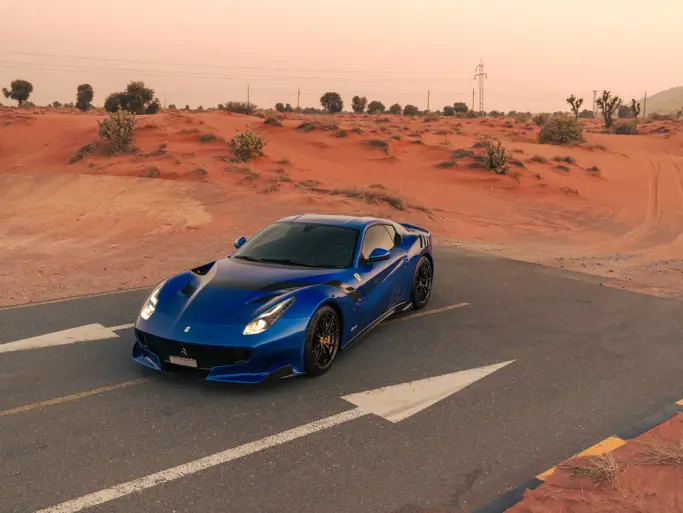
2015 Ferrari Sergio by Pininfarina
{{lr.item.text}}
€2,500,000 - €3,000,000 EUR | Not Sold
{{bidding.lot.reserveStatusFormatted}}
- Displayed at the 2015 Geneva Motor Show
- One of only six examples built
- Less than 200 km from new
- A brilliant example of 21st century coachbuilding and Pininfarina design
- Exposée au Salon de l'Auto de Genève 2015
- Seulement 6 exemplaires produits
- Moins de 200 km depuis l'origine
- Brillant exemple de carrosserie du XXIe siècle et de design Pininfarina
Veuillez noter que ce lot est soumis à la TVA sur l'intégralité du prix d'achat (enchère au marteau plus commission).
Within the scope of automotive history, coachbuilding is considered by many to be a lost art, one confined to the early days of the automobile and the immediate post-war years, where well-heeled owners could buy a chassis and drivetrain from a given manufacturer and commission a coachbuilder to build a body to their own individual tastes and uses. Images of Delahayes with Figoni et Falaschi ‘Teardrop’ coupé bodywork or the jet-age Fiat 8V Supersonics by Ghia come to mind, recalling an age where cars could quite literally be rolling sculpture.
As time marched on, coachbuilding faded into oblivion due to ever-rising costs and stringent governmental regulations, leaving such cars out of the question to all but the Sultan of Brunei. A handful of manufacturers and companies, however, have made an effort to bring the lost art of coachbuilding back to its glory days over the course of the last 15 years, and leading the charge is Pininfarina.
Starting with the Ferrari P4/5 by Pininfarina and the 612 Kappa, based on Ferrari’s Enzo and the 612 Scaglietti, respectively, with both cars commissioned by for well-heeled American collectors, Pininfarina led by example and others quickly followed. Cars with mass-produced chassis and drivetrain clothed in Bertone, Zagato and Touring Superleggera coachwork in addition to Pininfarina stunned the public and proved that with proper effort from both a design and engineering standpoint, coachbuilding in the 21st century was possible. Ferrari was the first manufacturer to bring this formally in-house with their Special Projects division, quickly taking note of the developing trend and bringing the entire process in-house in an effort to manage their clients . . . and their cars . . . from start to finish.
Built to honour Sergio Pininfarina after his passing in 2012, the Pininfarina Sergio concept first broke cover at the Geneva Motor Show in 2013. A two-seater Barchetta that was distinctly recognizable as a Ferrari but discernibly unique and forward thinking, the Sergio stunned those who attended the show and proved that Pininfarina was still capable of greatness. Although it was not intended for production at the time, the concept was underpinned by a Ferrari 458 Spider chassis and drivetrain, helping to bridge the gap between concept and production, this proving that for the privileged few, this spectacular car could come to life.
Several months later, that dream was turned into reality for a handful of lucky Ferrari clients. Rather than produce just one car through the Special Projects program, Pininfarina and Ferrari announced their intention to produce a half-dozen road-worthy Sergios for six lucky clients. Still underpinned by the 458 Spider, albeit with a 458 Speciale engine, the road-going Sergio differed only slightly from its road-going concept in an effort to ease registration and homologation for road use, and still kept the original concept’s flair. Whilst the bodywork looked like nothing else from Ferrari’s line at the time, the windshield, interior and taillights were lifted straight from the donor car. Conventional doors (allowing for power-operated windows) and a slightly revised rear end also differed from the original concept.
The particular example offered here holds a special place in the model’s history, as it was the first road-going model unveiled to the public at the 2015 Geneva Motor Show on Pininfarina’s stand. Afterwards, it was delivered new to its first owner in Switzerland and since then, the car has accumulated less than 200 km from new. As such, it is presented here today in virtually as-new condition, just as if it left the stand at Geneva yesterday.
The Sergio celebrates not only Sergio Pininfarina’s life, but also the collaboration between both his company and Ferrari, honouring their collective past but looking to the bright future ahead. Of the six Sergios, it could be argued that this, the 2015 Geneva Motor Show car, is the most important. Therefore, it would be a perfect addition to the world’s foremost Ferrari collections and would sit proudly alongside its coachbuilt ancestors.
Dans le cadre de l'histoire de l'automobile, l'art de la carrosserie est généralement considéré comme un trésor perdu, une activité qui s'est cantonnée aux débuts de ce moyen de transport jusqu'à l'immédiat après-guerre, quand des clients aisés pouvaient s'offrir un châssis motorisé chez un constructeur donné et demander à un carrossier d'habiller l'ensemble selon leurs goûts et l'usage qu'ils souhaitaient en faire. A ce sujet, il nous vient à l'esprit des images de Delahaye à carrosserie "goutte d'eau" Figoni et Falaschi, ou de Fiat 8V Supersonic réalisées par Ghia dans un style inspiré des avions à réaction, rappelant une époque où les automobiles étaient de véritables sculptures en mouvement.
Avec le temps, cette activité de carrosserie est tombée en désuétude à cause de coûts toujours plus élevés et de règlementations toujours plus contraignantes, laissant ce type de voiture hors de portée du commun des mortels, à l'exception du sultan de Brunei. Cependant, au cours des 15 dernières années, quelques constructeurs et sous-traitants ont essayé de retrouver les heures de gloire de la carrosserie, à commencer par Pininfarina.
Avec tout d'abord la Ferrari P4/5, puis la 612 Kappa basées respectivement sur la Ferrari Enzo et la 612 Scaglietti, ces deux voitures ayant été commandées par des Américains fortunés, Pininfarina a montré la voie et d'autres ont rapidement suivi. Ainsi, des modèles de grande série recarrossés par Bertone, Zagato et Touring Superleggera ont pu surprendre le public et prouver que, avec un projet bien conçu tant sur le plan esthétique que technique, il était possible de renouer au XXIe siècle avec cet art perdu de la carrosserie. Ferrari a été le premier constructeur à en faire une activité à part entière avec son département "Special Projects", détectant rapidement les tendances en vogue et amenant en interne tout le processus de fabrication, de façon à gérer les clients et leurs voitures sur toute la durée du projet.
Fabriquée en hommage à Sergio Pininfarina après son décès en 2012, le concept car Pininfarina Sergio a été dévoilé pour la première fois au Salon de Genève 2013. Cette "barchetta" deux places était parfaitement identifiable comme une Ferrari, mais de toute évidence unique et avant-gardiste ; la Sergio était ainsi capable de surprendre le public et de montrer que Pininfarina était encore capable de réalisations extraordinaires. Bien que ce projet n'ait pas été initialement destiné à la production, il s'appuyait sur une base de Ferrari 458 Spider, châssis et mécanique. L'idée que cette voiture spectaculaire puisse connaître une petite série réservées à quelques privilégiés n'était donc pas complètement irréaliste.
Plusieurs mois plus tard, ce rêve se transformait en réalité pour une poignée d'heureux clients Ferrari. Au lieu de ne fabriquer qu'une seule voiture via le programme "Special Projects", Pininfarina et Ferrari annonçaient leur intention de produire une demi-douzaine de Sergio homologuées pour la route, pour six de leurs clients. Toujours sur la base de la 458 Spider, mais avec un moteur de 458 Speciale, la Sergio de route ne différait que légèrement du concept car Sergio, de façon à en faciliter l'homologation et l'immatriculation, et à préserver toute l'originalité du projet initial. La carrosserie ne ressemblait à aucune autre Ferrari de cette époque mais le pare-brise, l'aménagement intérieur et les feux arrière provenaient tout droit de la voiture donneuse. Des portes conventionnelles (avec vitres électriques) et un arrière légèrement modifié distinguaient aussi la voiture du premier concept car.
L'exemplaire proposé ici occupe une place spéciale dans l'histoire du modèle, car il s'agit de la première version route dévoilée au public au Salon de Genève 2015, sur le stand Pininfarina. Elle a été ensuite livrée à son premier propriétaire, en Suisse et, depuis, cette voiture a parcouru moins de 200 km. Par conséquent, elle se présente aujourd'hui dans un état pratiquement neuf, telle qu'elle était en quittant le stand du Salon de Genève.
La Sergio est un hommage non seulement à la vie de Sergio Pininfarina, mais aussi à la collaboration entre son entreprise et Ferrari ; elle fait honneur à ce passé commun tout en ouvrant la voie d'un avenir prometteur. Des six Sergio produites, celle-ci est sans doute la plus importante puisqu’elle est celle du Salon de Genève 2015. Par conséquent, elle permettra d'enrichir magnifiquement les plus belles collections Ferrari du monde, fièrement exposée à côté de ses prestigieuses devancières.


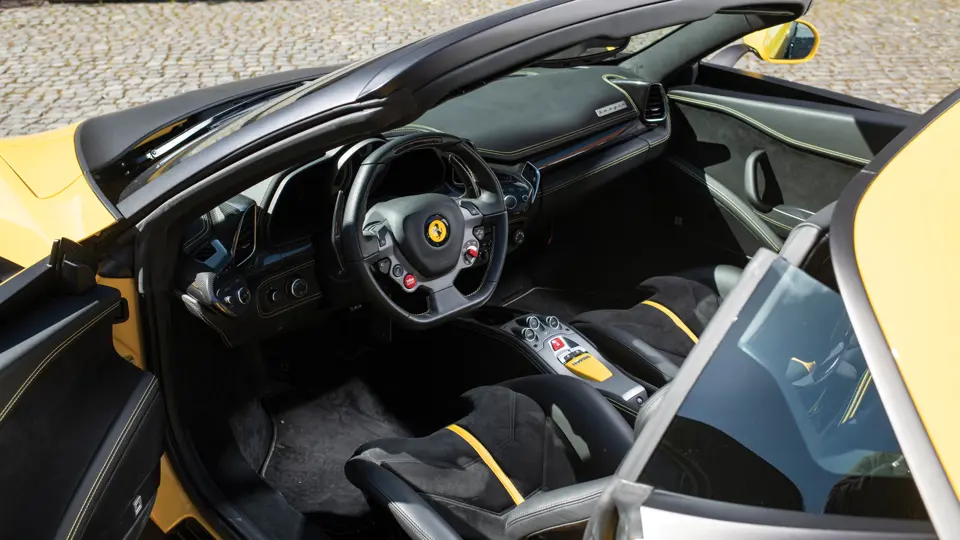

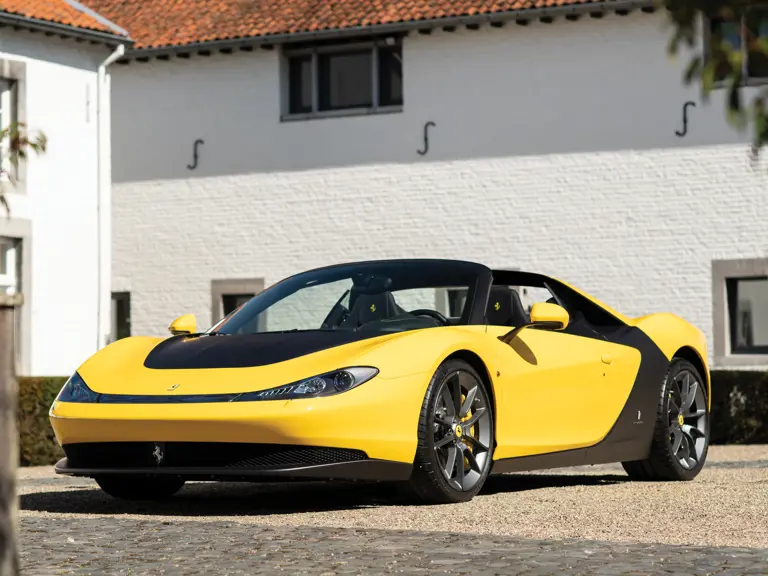
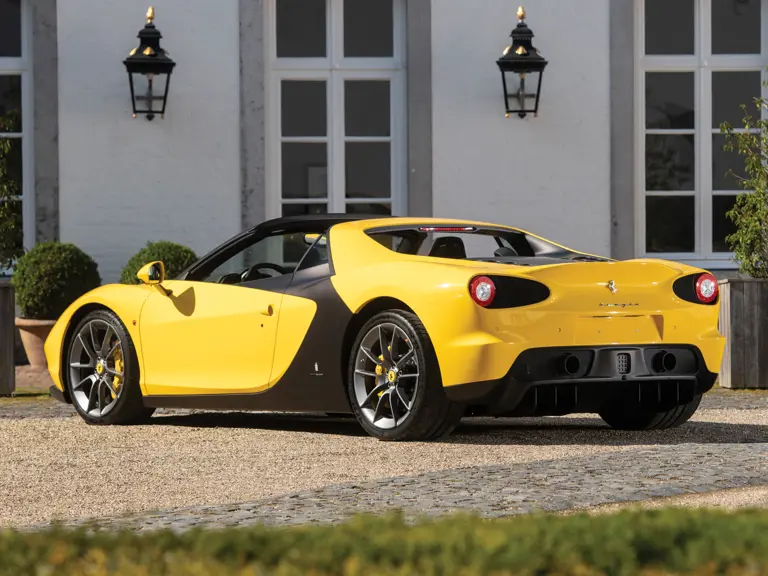
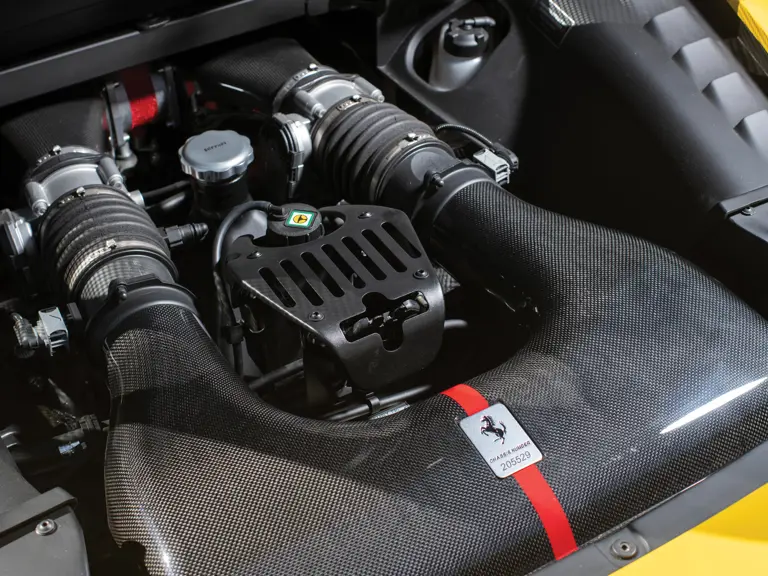
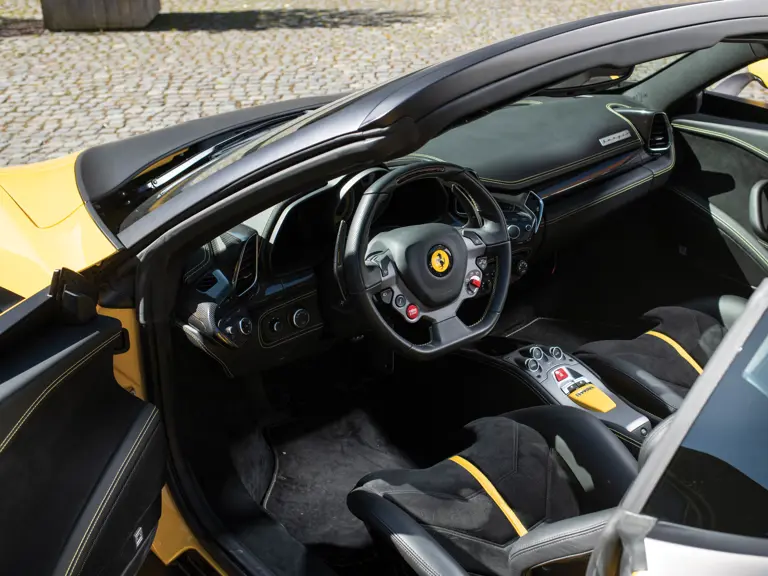
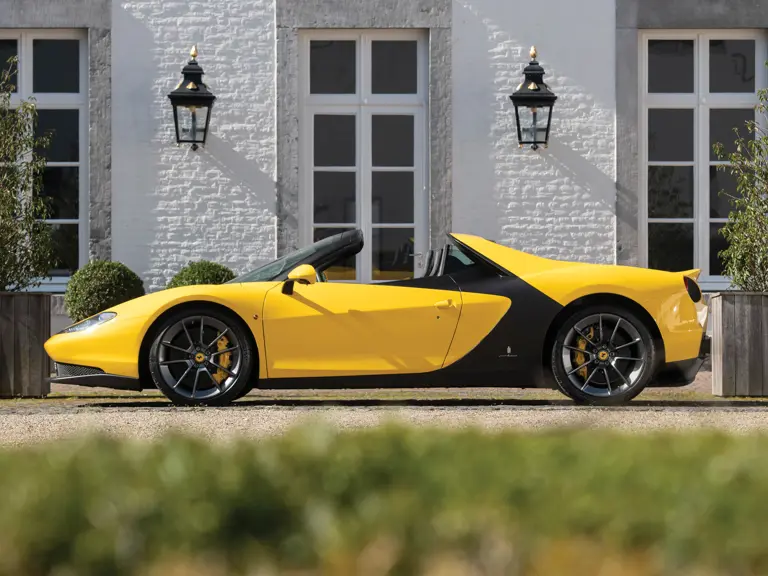

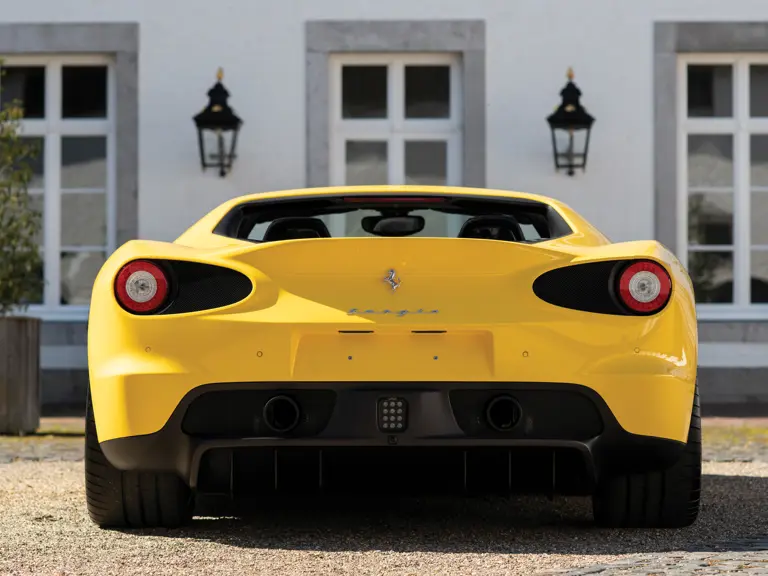
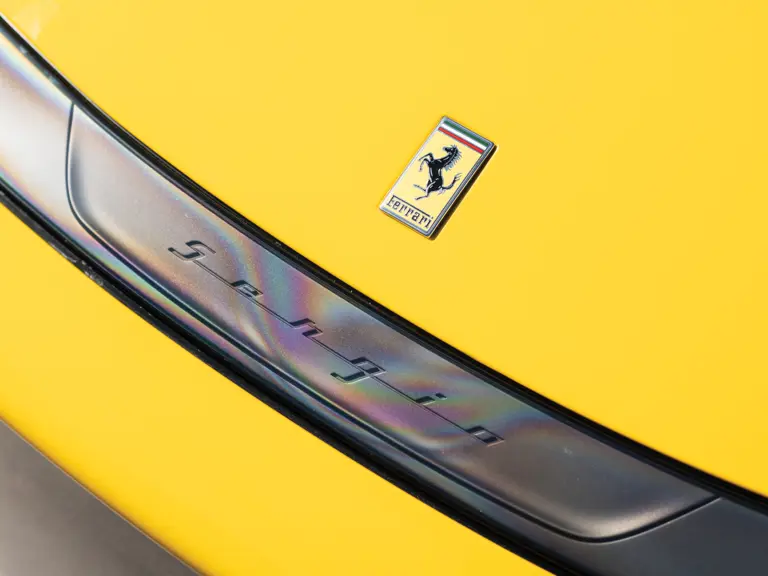


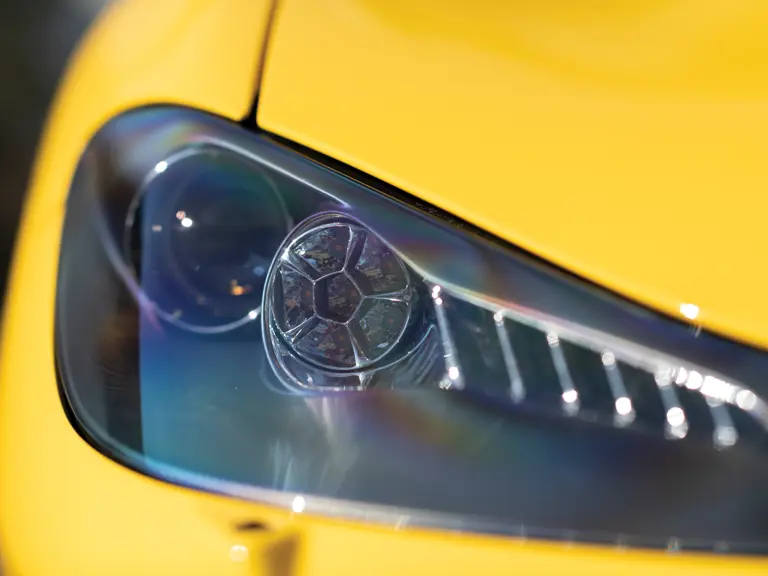
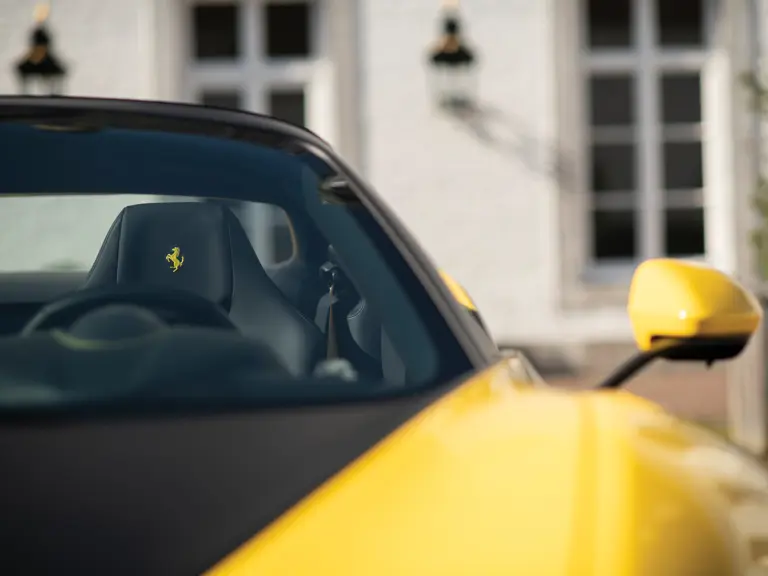


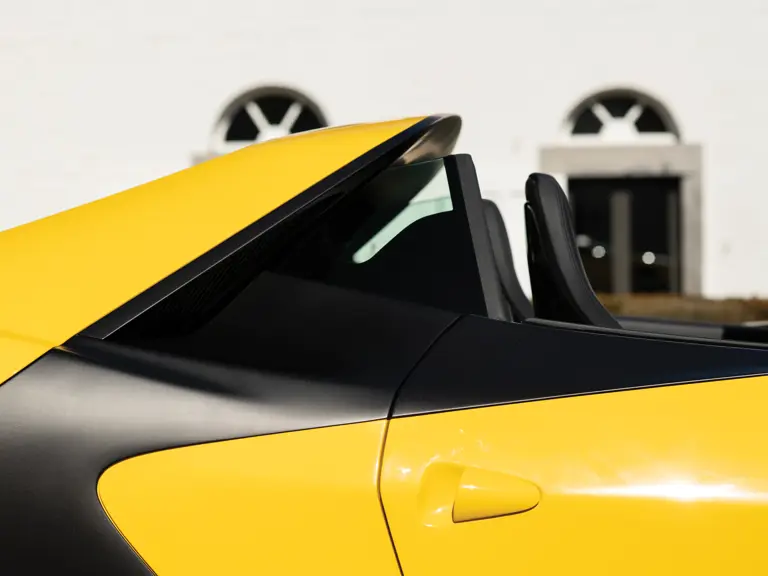
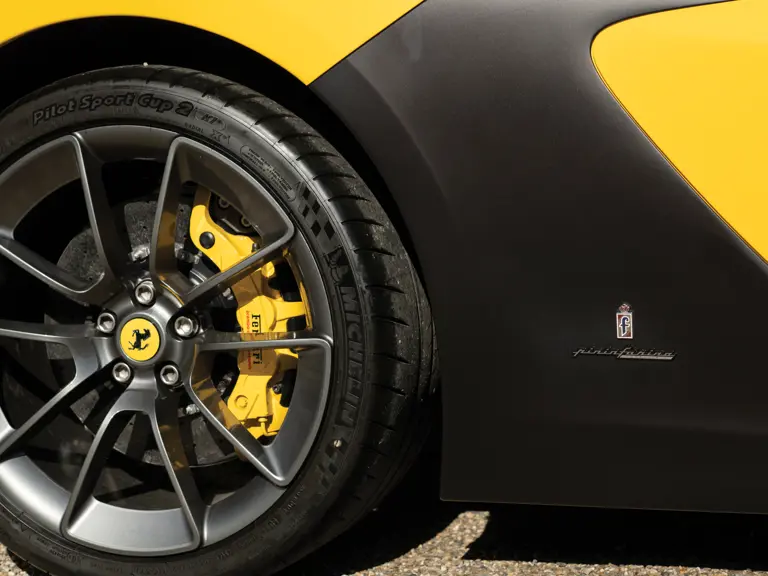
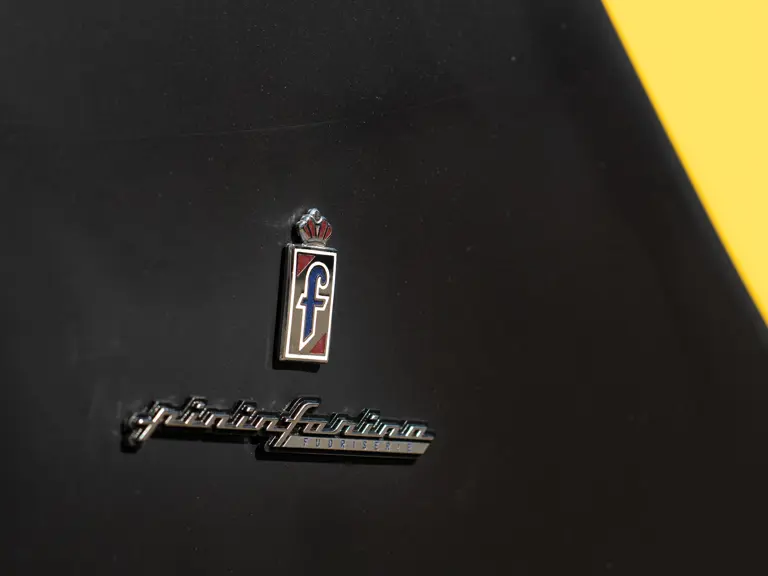
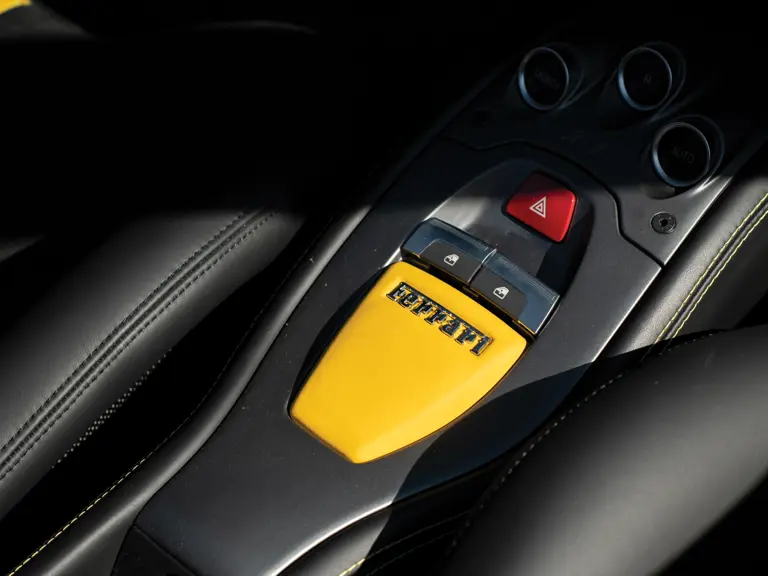
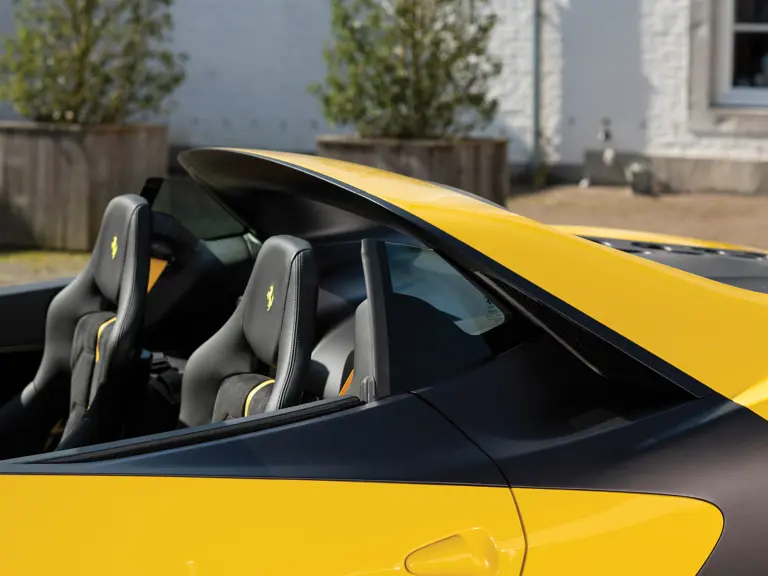


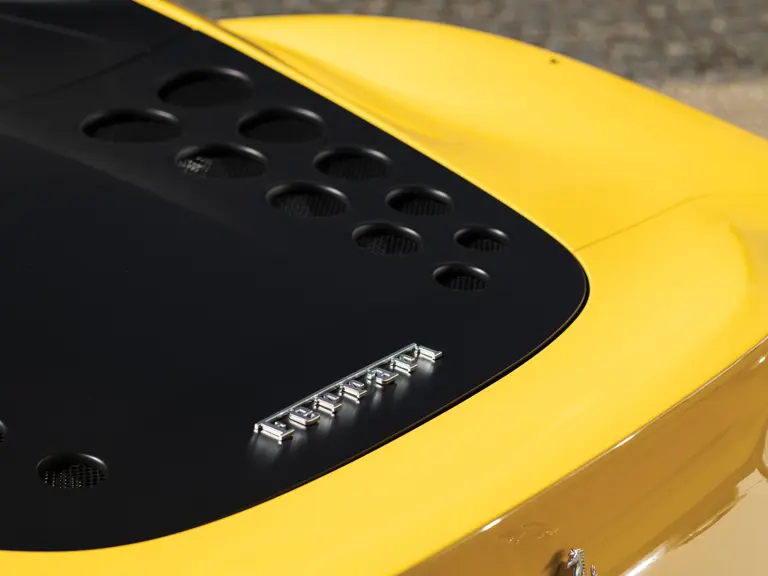


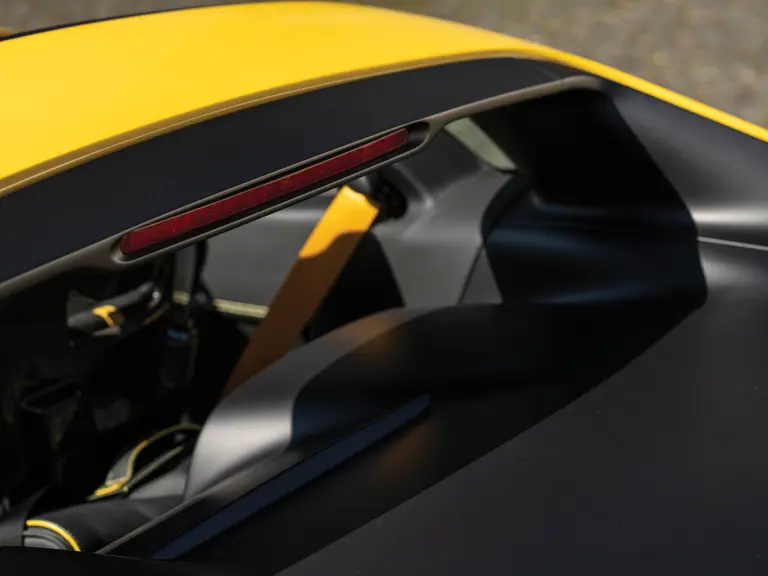
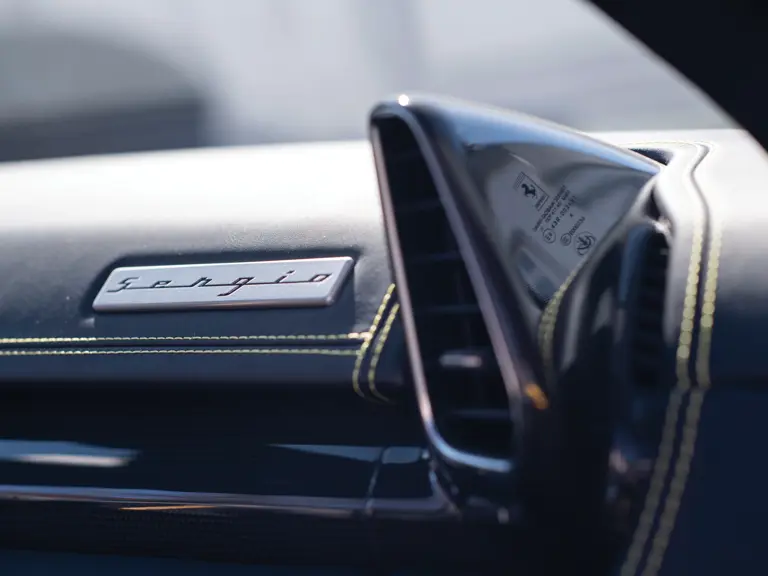

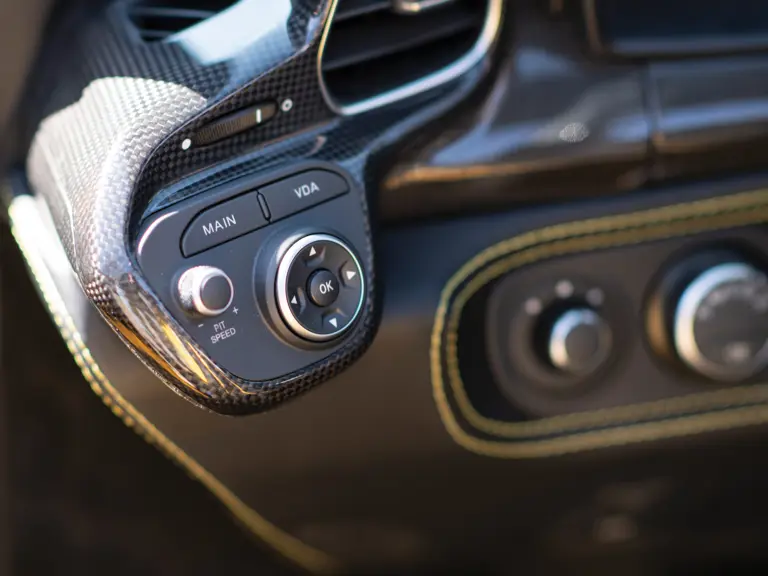
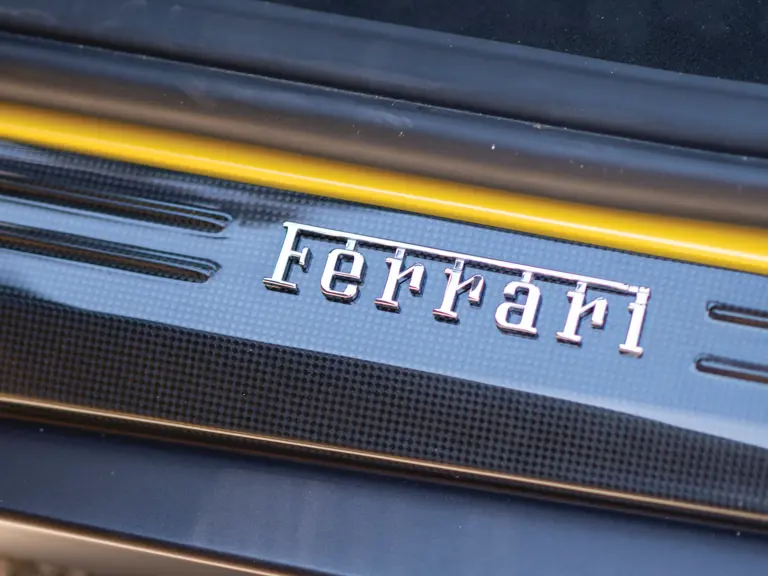
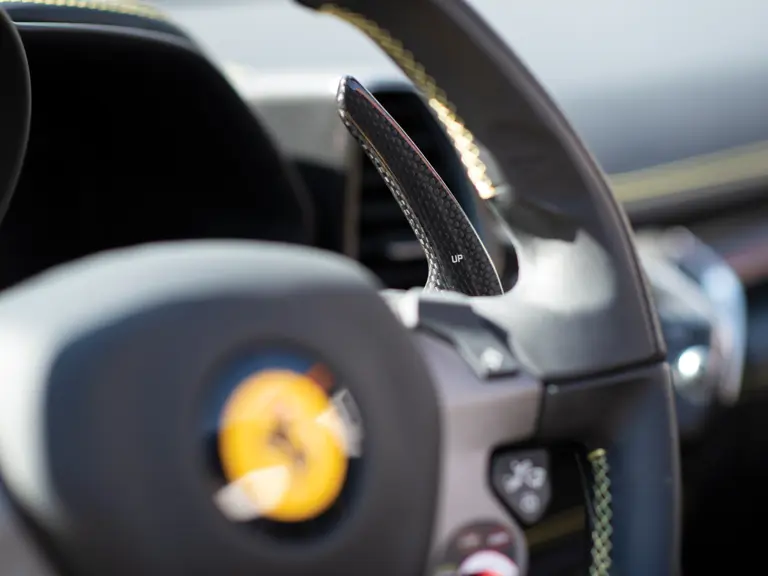

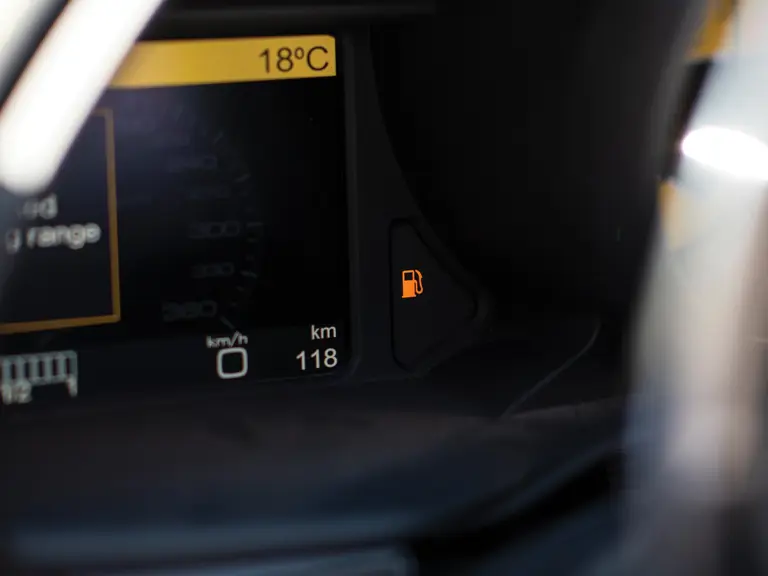
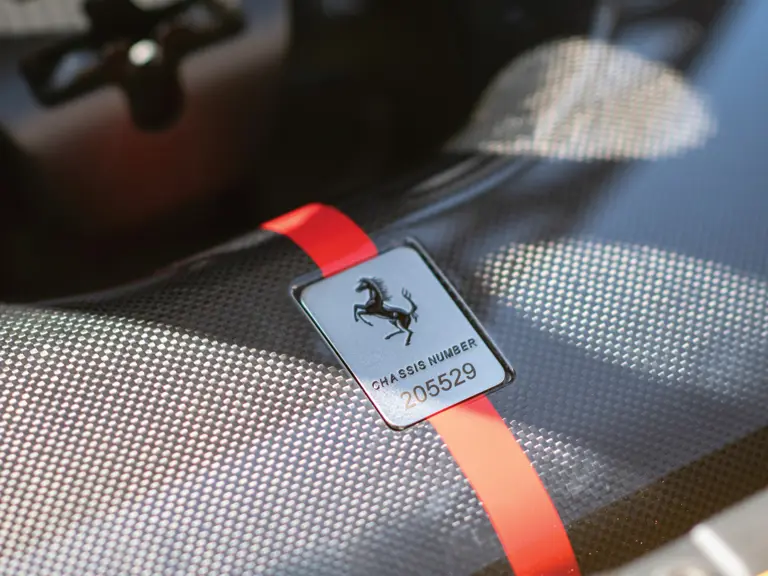


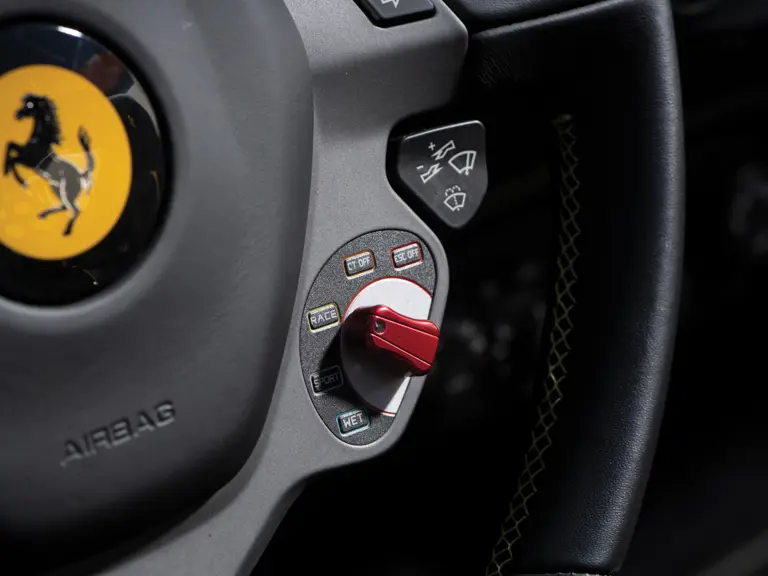

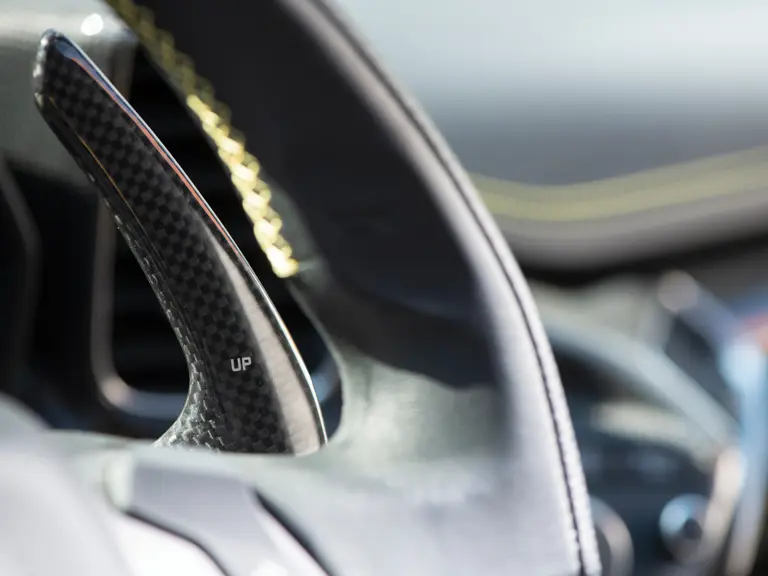
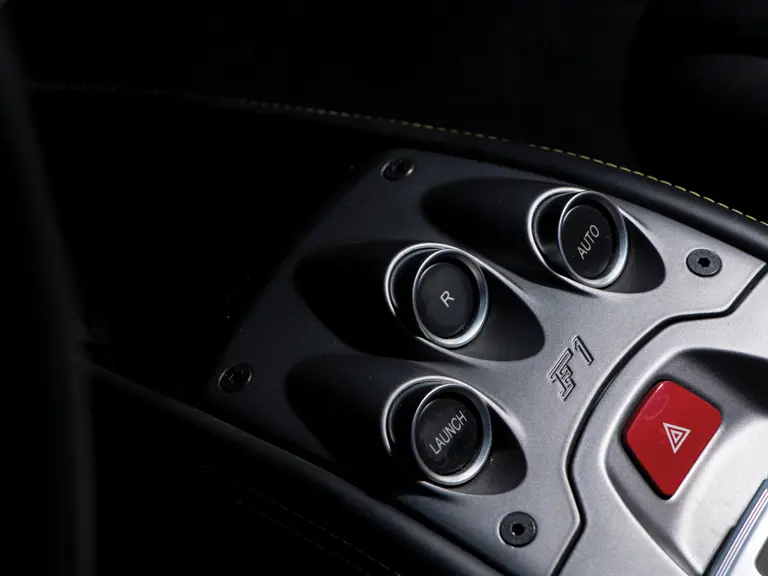
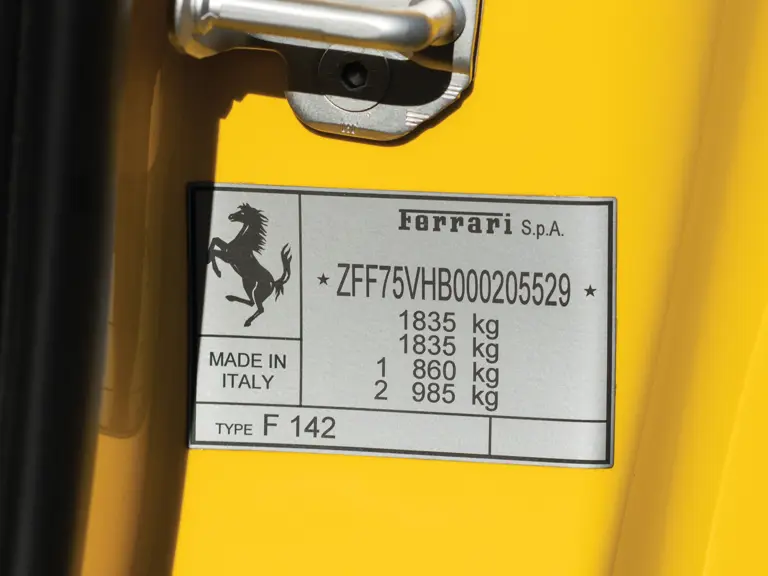
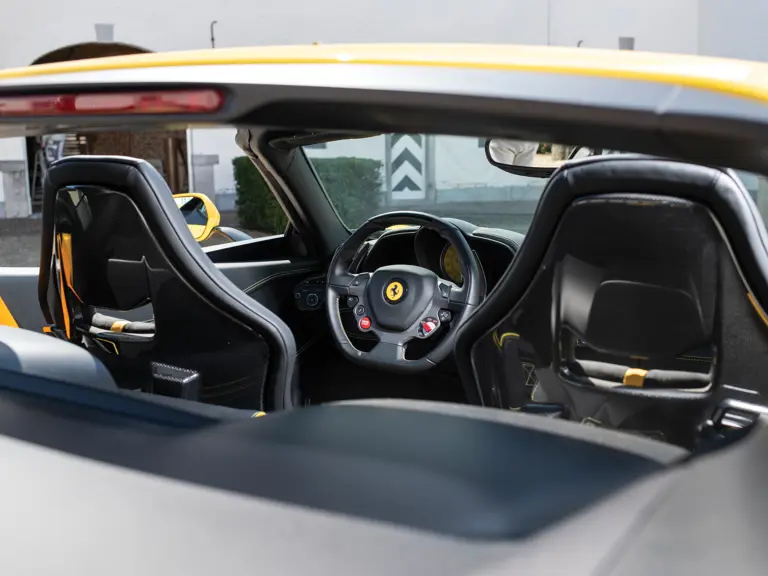
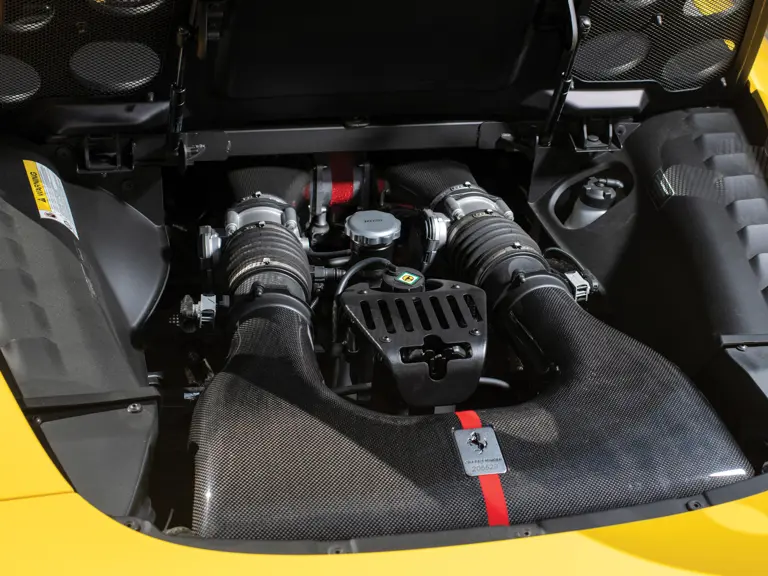

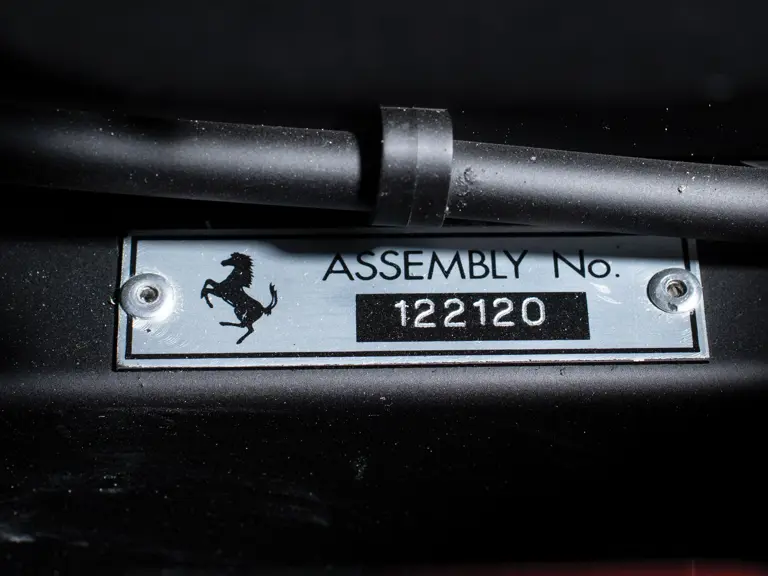

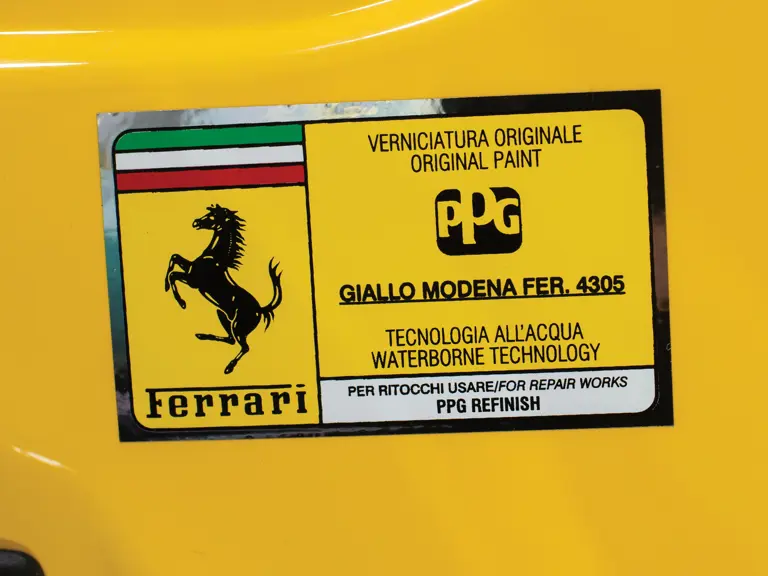
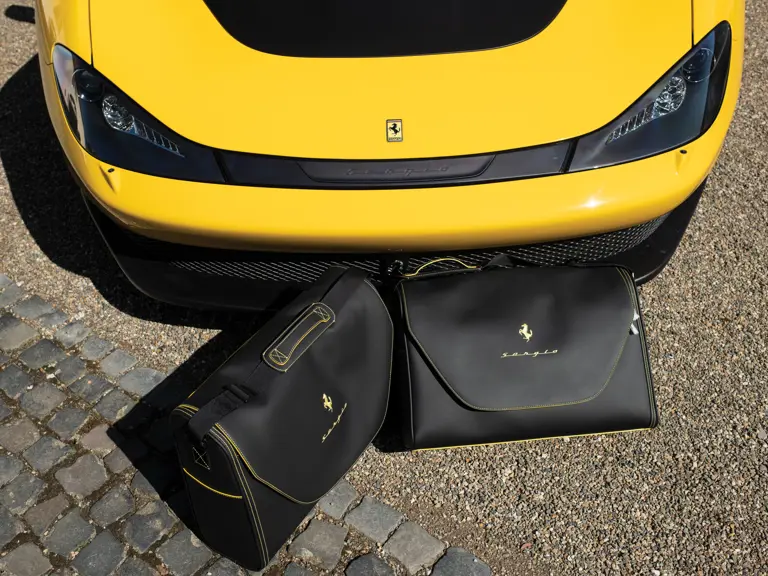
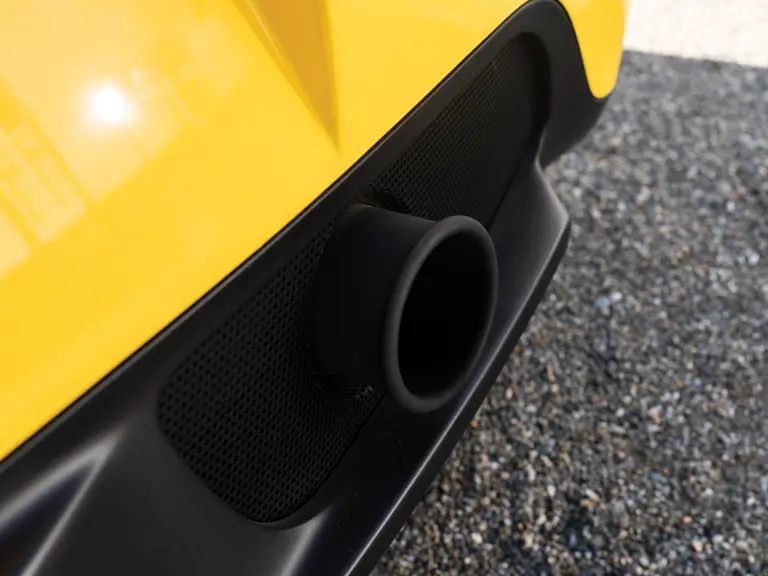

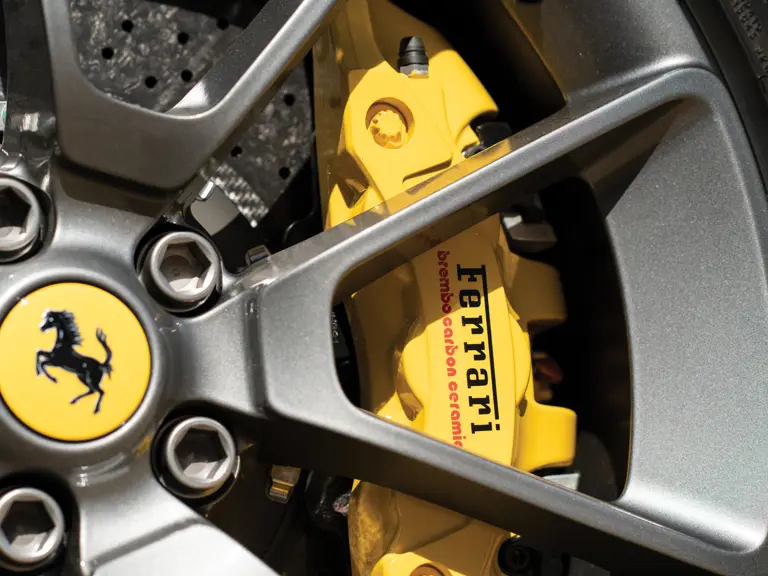

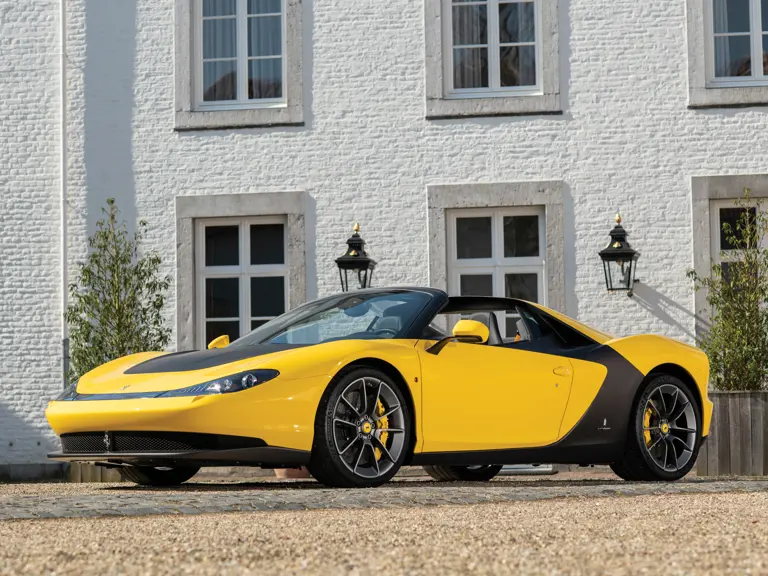


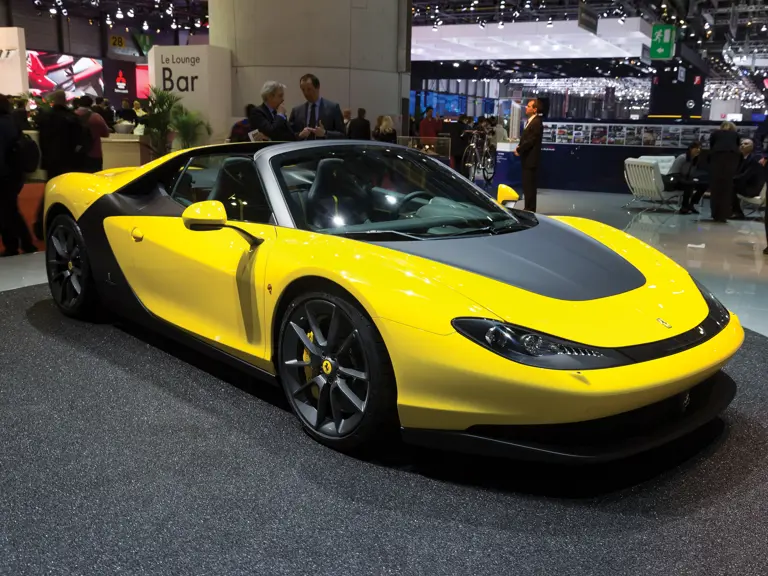
 | Monte Carlo, Monaco
| Monte Carlo, Monaco
